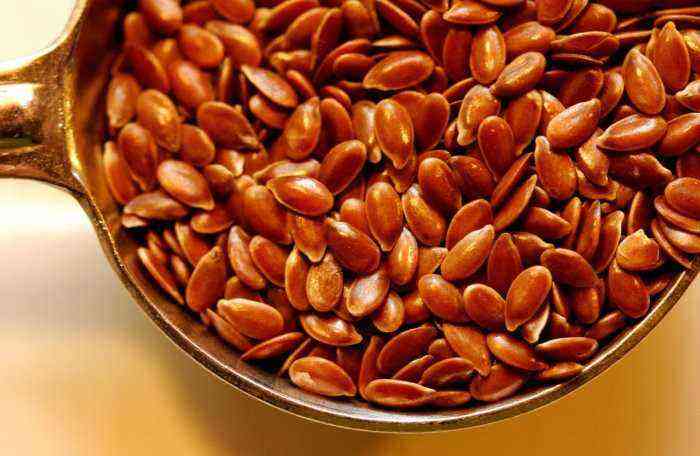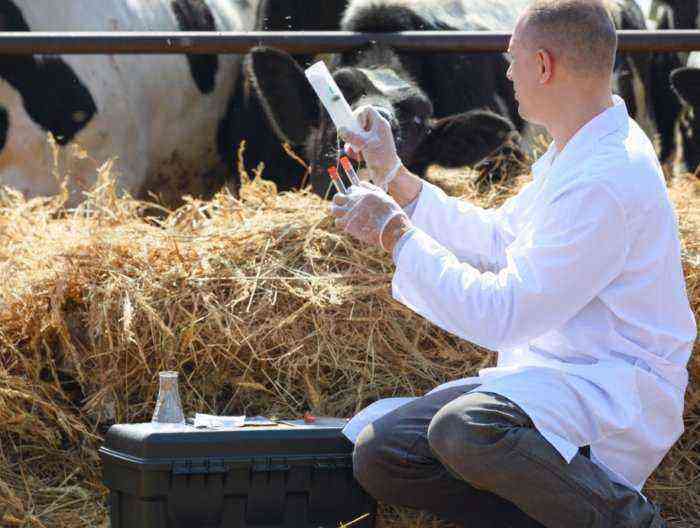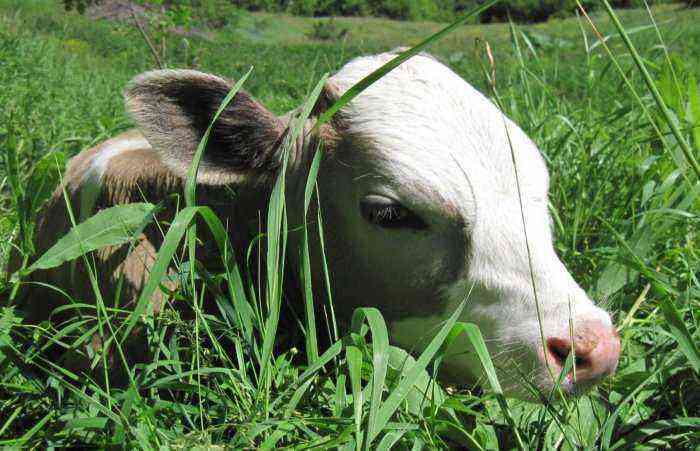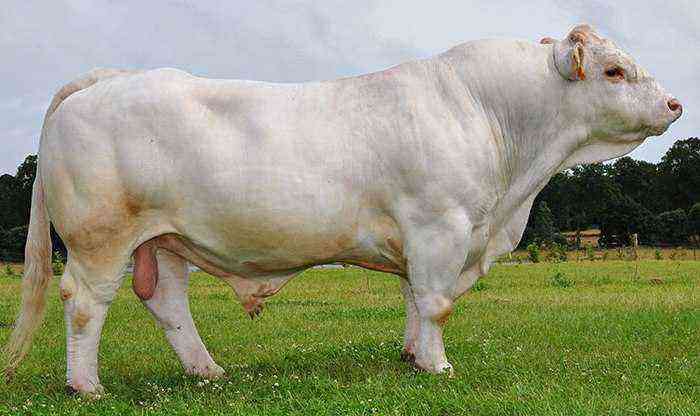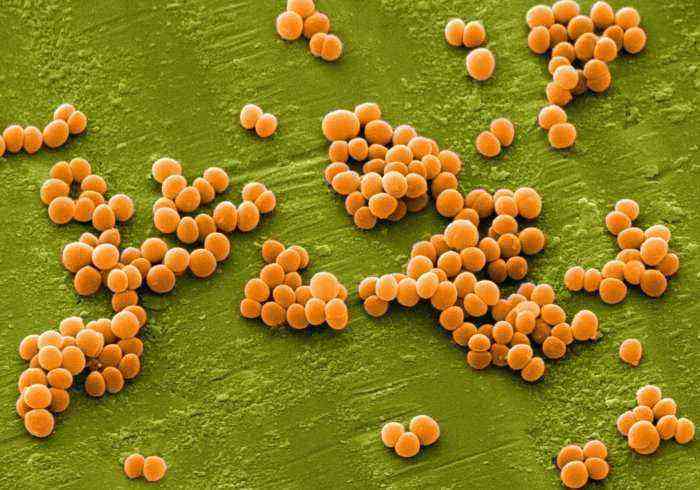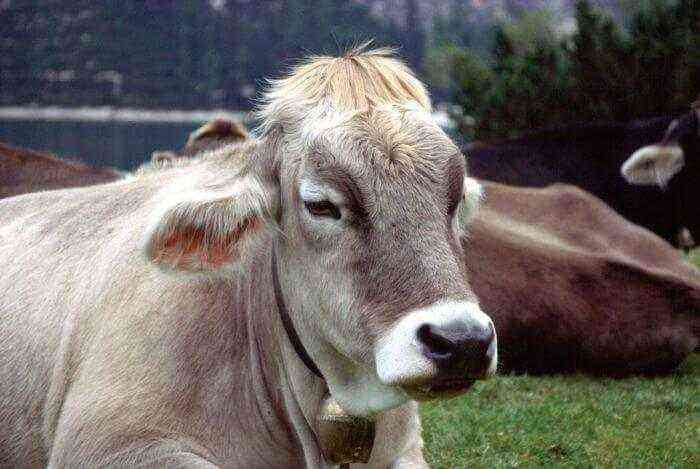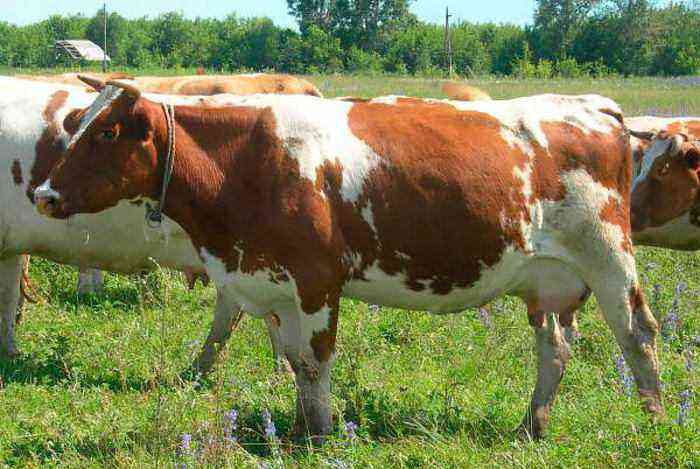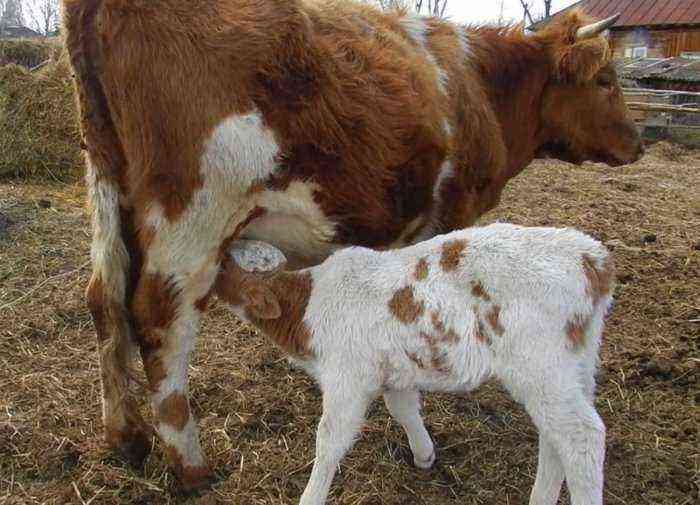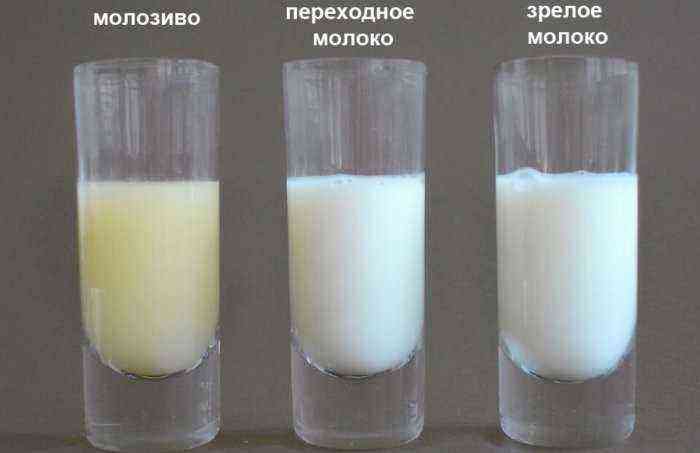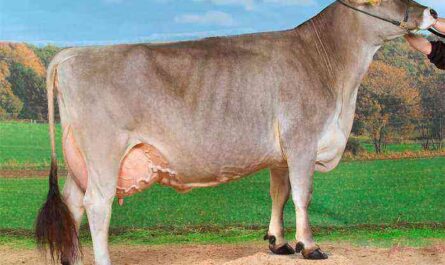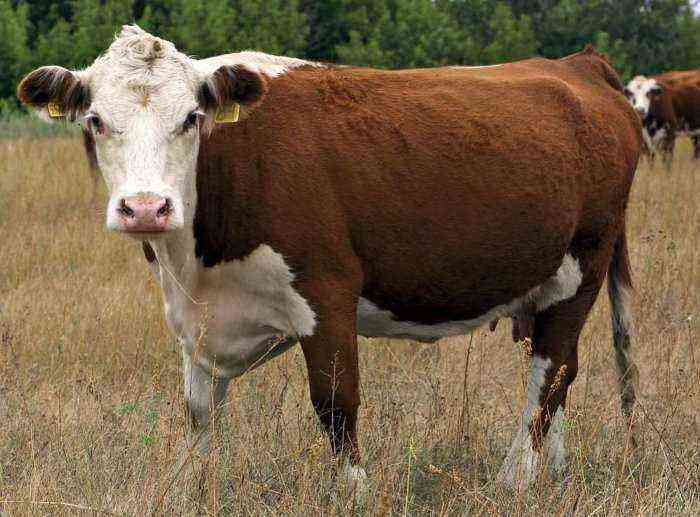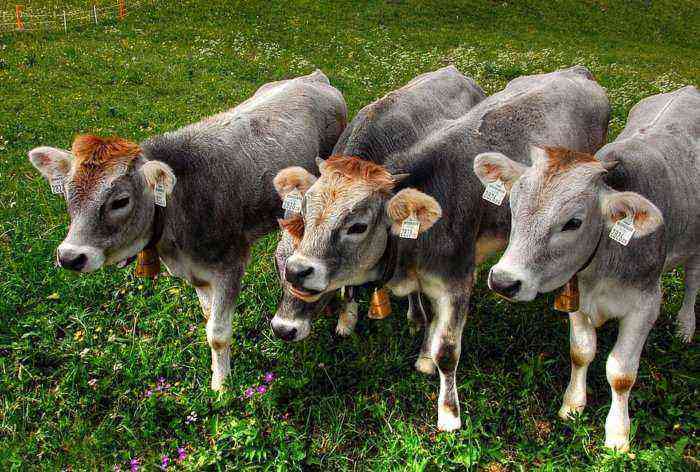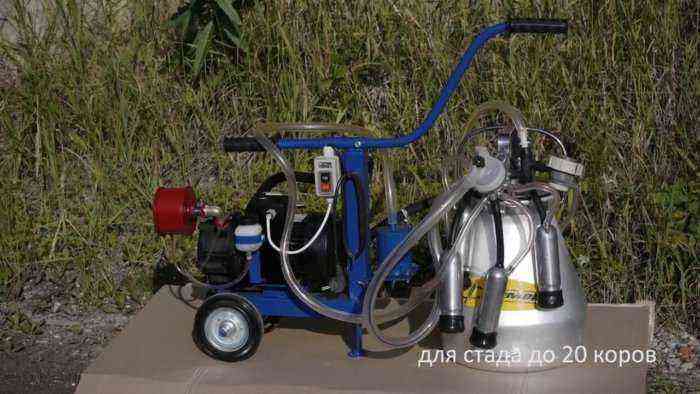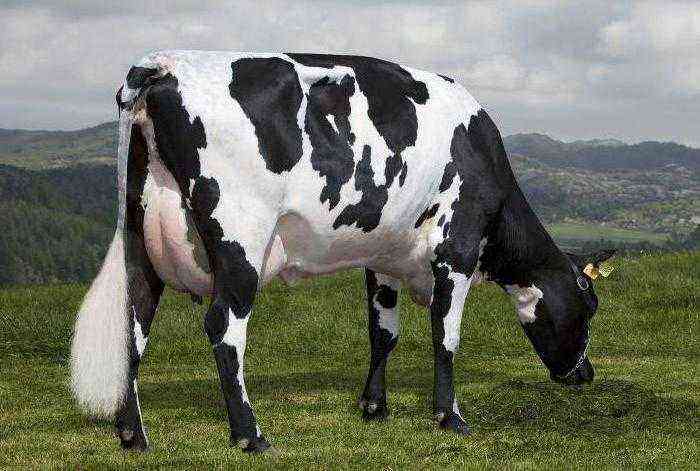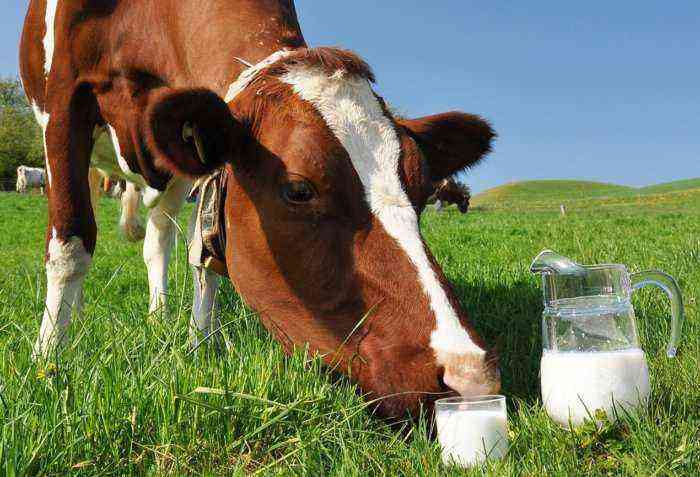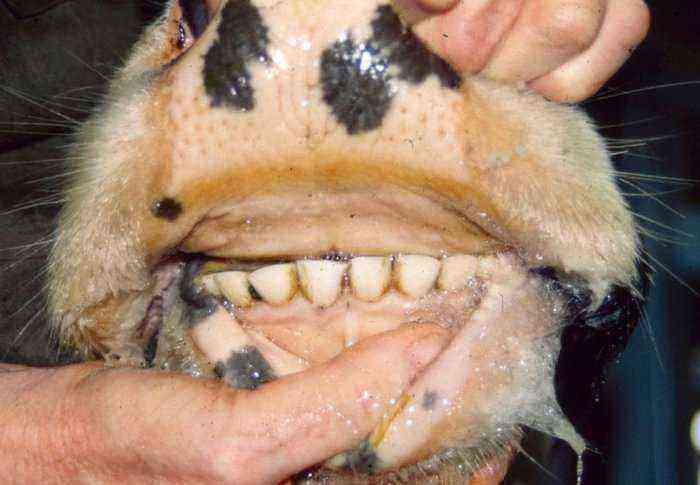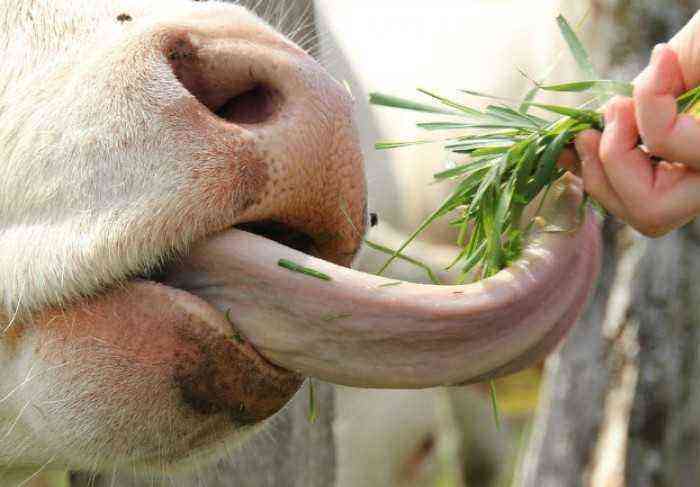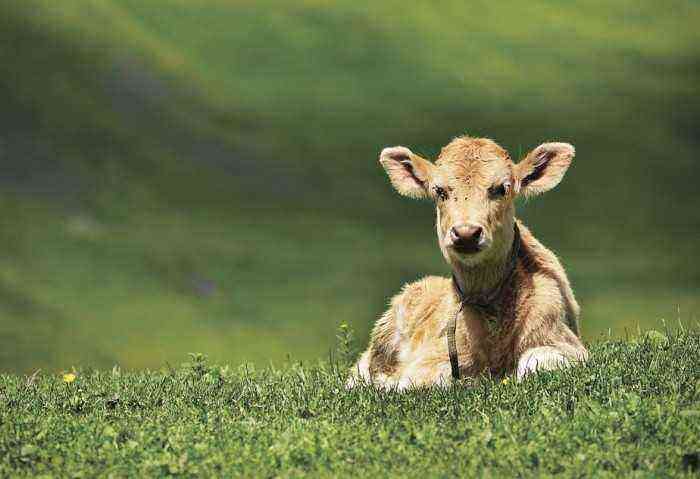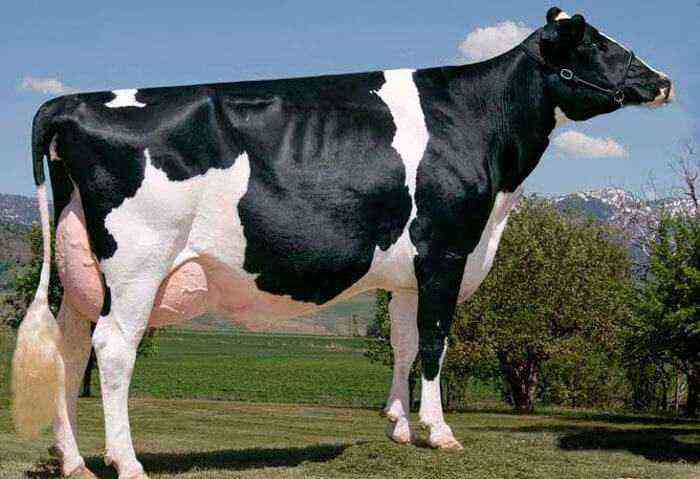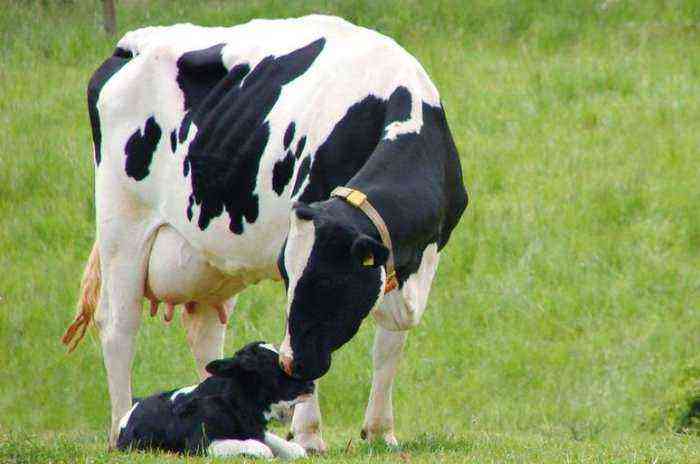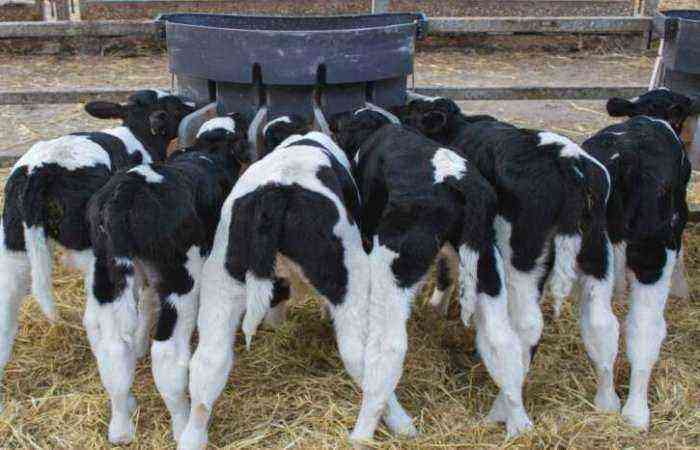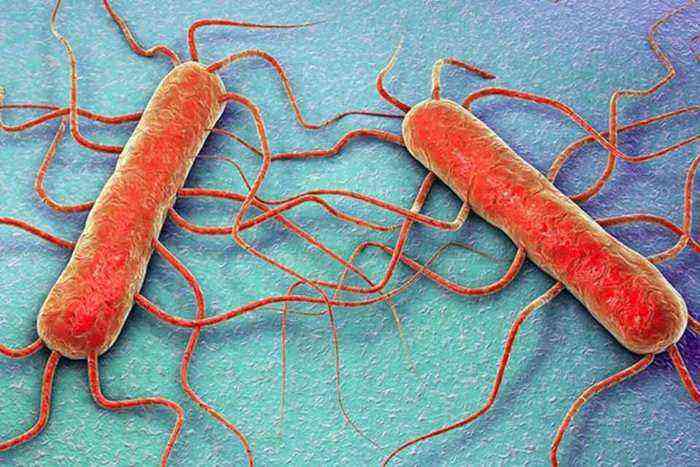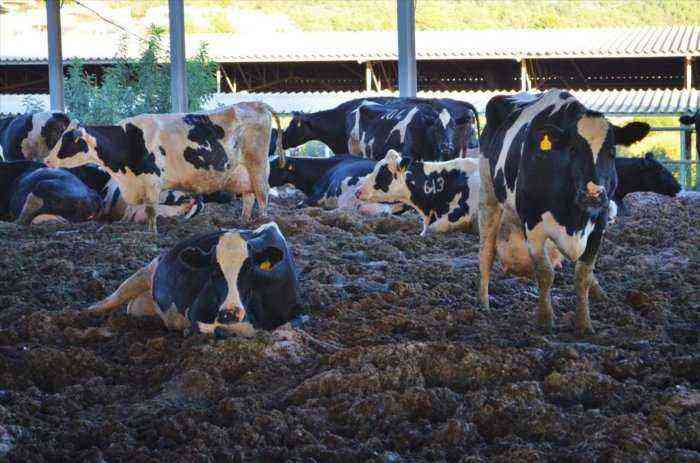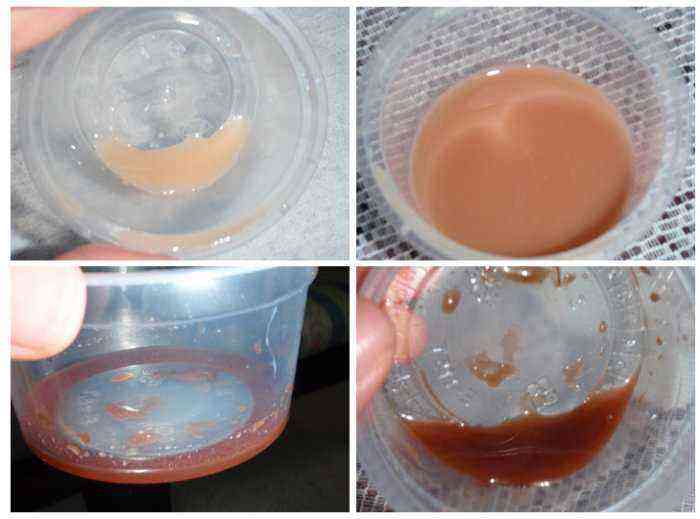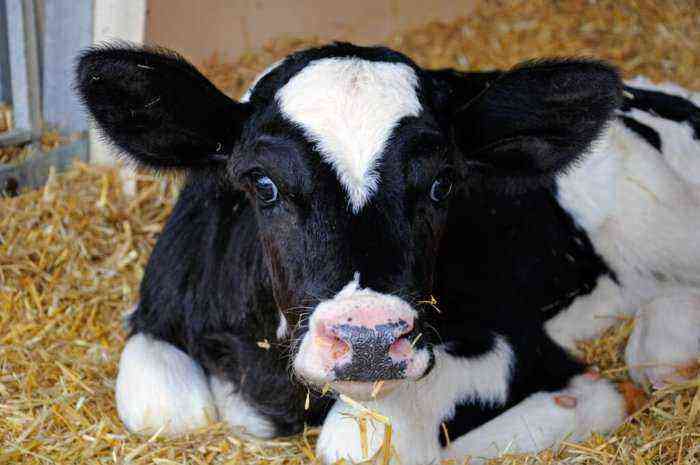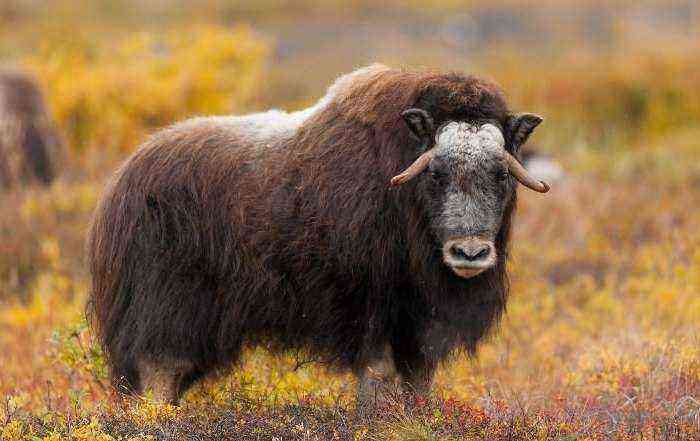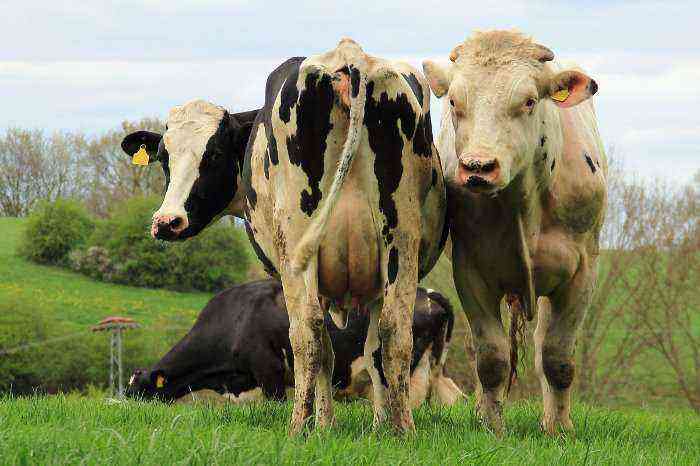Hypodermatosis of cattle is a parasitic disease caused by gadflies of the genus Hypoderma of the Hermatode family. The infection manifests itself in the form of inflammation of the affected areas, general toxic poisoning, and a decrease in the fertility of animals.
Hypodermatosis cows
Causes
The disease occurs mainly in young cows. This is due to the thin structure of the subcutaneous fat layers, as well as a low level of immunity. The body in an adult is able to reduce the manifestation of skin rashes, with the exception of other diseases.
The causes of hypodermatous lesions include the following factors:
- Animals that are infected with the pathogen.
- Underdeveloped immune defense.
- Climate, location of the farm.
Cattle can become infected on any pasture, because gadflies live everywhere.
Symptoms
The first manifestations of a parasitic infection begin to be observed after the introduction of the gadfly into the skin, as a result of which the epidermal layer is destroyed. This process is accompanied by an allergic, toxic reaction. At the site of attachment of the parasite, an inflammatory focus becomes apparent in the form of an open wound, which subsequently overgrows with a crust.
In the initial stages of the disease, the following symptoms appear:
- swelling of the esophagus;
- wrong swallowing,
- the presence of belching;
- refusal of food;
- protrusion of the neck;
- hind limb paralysis;
- staggering gait.
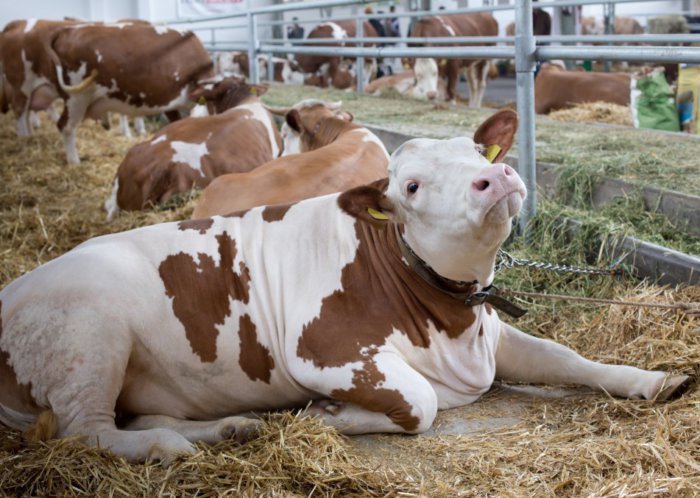
Paralysis of the hind limbs
After the gadfly has entered the skin, a dense painful seal begins to form. A fistula with transparent contents is formed from this tubercle; in rare cases, suppuration of the abscess is possible.
One individual may have 200 or even more of these dense balls, mainly located along the spine. The foci can merge into papules, forming an inflammatory process.
In addition, the gadfly larva in the process of migration under the skin of the animal releases toxic substances that inhibit the productivity of the cow. General intoxication contributes to necrotic changes in tissues, muscles and fascia.
ATTENTION! Parasites in the third stage of life cause swelling of tissue structures, blood clotting. The larvae are located especially in the blood vessels. The paths of movement are indicated in the form of dirty green passages.
Diagnostics
Diagnosis at an early stage of the disease will allow appropriate treatment. Obvious signs of inflammation are noticeable in the later stages. Therefore, it is recommended to use serological and allergic tests as an antidermatous procedure.
A study is carried out using a blood sample for antibodies in the autumn. This method guarantees absolute reliability and accuracy. In winter and summer, it is difficult to establish infection with larvae of the waterfly.
Allergic analysis is performed on the basis of the biological material of the parasite. Serum based on larvae is injected under the skin of cattle and observed for 6 hours. A positive test is considered when a thick subcutaneous layer is formed.
Treatment
Treat an inflammatory infection in the early stages by resorting to chemical drugs. The key to successful treatment is the accurate determination of the localization of larvae on an individual. Animals are treated in the fall, when there is a peak in the activity of adult gadflies.
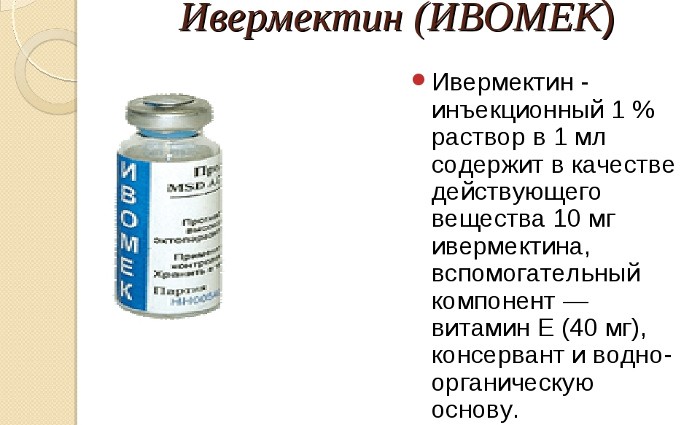
Ivomek
The following drugs are used:
- hypodermin (at the rate of 6-8 ml per 100 kg), is injected once on the skin along the vertebral part;
- ivomek (according to the formula 0,2 mg per 1 kg), injected subcutaneously once;
- estrosol (60 mg per 1 cubic meter), applicable once for group spraying.
Wounds should be regularly treated from purulent impurities. Dead tissue is removed exclusively by surgery. If it is possible to tighten the abscess, the connective tissue is excised. In this case, complex therapeutic therapy is used.
Prevention
To prevent hypodermatosis, it is recommended to treat the herd with special means before the start of summer grazing: Stomazan, Butox, Ectomin. Apply drugs 1 time in 20 days.
It is better to release cows to pasture in the morning and in the evening, during the period of low activity of gadflies. When kept in a stall, feces should be removed every day, which will prevent the reproduction of insects.
If there is obvious inflammation of the skin of cattle with characteristic bulges, you should contact your veterinarian. After conducting a visual and palpation examination, the doctor will select the correct treatment.
